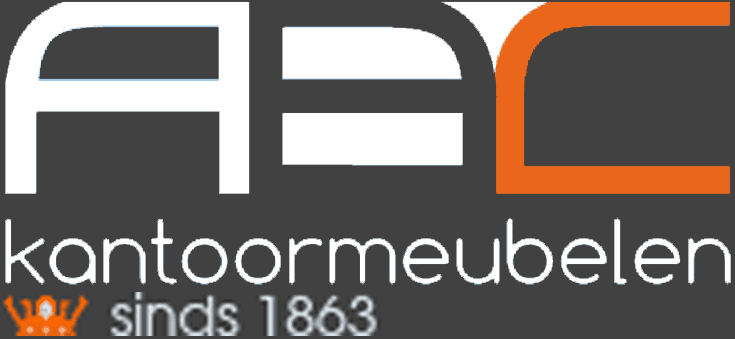
HYBRID WORKING IN MODERN OFFICES – THE TRENDS
Hybrid working, a concept in which employees work both in the office and remotely, has rapidly gained popularity in recent years. This shift is largely

Hybrid working, a concept in which employees work both in the office and remotely, has rapidly gained popularity in recent years. This shift is largely
180,29 incl. VAT
121,81 incl. VAT
652,19 incl. VAT
163,35 incl. VAT
Continuous evaluation in office design is crucial for creating an adaptive and supportive work environment. This dynamic process ensures that the design of the office not only meets the current needs of employees and organizational goals, but also remains flexible for future adjustments. In this comprehensive article, we dive deeper into the different aspects of continuous evaluation, from user feedback to ergonomic assessments, to reveal how each component helps improve productivity and satisfaction in the workplace.
Collecting user feedback is central to the continuous evaluation process. By actively listening to employees' experiences and preferences, organizations can make targeted improvements that have a direct impact on well-being and productivity. Techniques such as surveys, focus groups and informal conversations provide valuable insights into how the office environment is experienced, with specific attention to seating comfort, workplace layout, lighting, temperature and noise levels. This feedback forms the basis for adjustments and emphasizes the importance of a responsive approach to office design.
Periodic maintenance of office equipment and facilities is essential to maintain a comfortable and functional work environment. This aspect of continuous evaluation includes inspecting, repairing and replacing worn parts, as well as proactively addressing problems before they become a nuisance to employees. By adopting a preventative maintenance strategy, organizations extend the life of their office furnishings and support seamless daily operations.
Effective space utilization analysis is crucial to ensure that every part of the office provides maximum value. This process involves looking at occupancy rates, work habits and the distribution of spaces to identify underutilized or congested areas. Such analyzes help make informed decisions about redesign or reallocation of resources, thereby maximizing office space efficiency.
Regular ergonomic assessments are invaluable in maintaining a healthy work environment. These assessments focus on optimizing workplaces for comfort and efficiency, including proper adjustment of chairs and desks and the provision of ergonomic aids. By paying attention to the physical interaction between employee and workplace, organizations reduce the risk of work-related health problems and promote higher overall satisfaction.
In a rapidly evolving technological world, it is important that office environments keep up. Continuous evaluation in this domain involves exploring new software, communication tools and other technological solutions that can streamline work processes. By integrating the latest technologies, organizations not only increase productivity but also foster a culture of innovation and continuous improvement.
Sustainability is an increasingly important aspect of office design. By regularly evaluating an office's environmental impact, from energy use to waste management, organizations can develop strategies for more environmentally friendly practices. This not only reduces the office's environmental footprint, but also contributes to a more positive brand image and can even deliver long-term cost savings.
The evaluation of health and wellness programs plays a crucial role in creating a supportive work environment. By assessing the effectiveness of programs such as ergonomic training and fitness facilities, organizations can make refinements that truly resonate with the needs of their employees. This highlights the importance of a holistic approach to employee satisfaction and well-being.
By applying the principles of continuous evaluation, organizations can create a work environment that not only meets current needs but is also flexible and responsive to future challenges. This approach promotes a culture of continuous improvement, where every adjustment helps create a more productive, happier and healthier work environment.
Model and price changes reserved for office furniture. All prices of office furniture on this site are exclusive of VAT unless stated otherwise. Our general terms and conditions apply to all sales via ABC Office Furniture.

